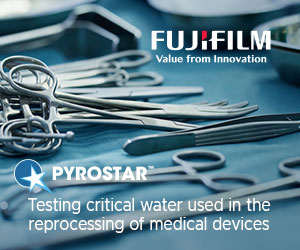What's in Your Freezer?
| The Brady Freezerbondz™ labelling system ensures secure labelling in low temperature storage conditions. To lose positive sample identification, for example by a label falling off or becoming illegible, is equivalent to losing the sample itself. Losing an irreplaceable sample could be a major disaster for any research project, and if it happened to be a human tissue sample could even lead to prosecution under the Human Tissue Act. Freezerbondz II, the latest Brady low temperature labelling product, is a polyester material with a permanent adhesive that can be applied direct to already frozen surfaces without the need to overlap, eliminating the risk attached to thawing samples for labelling. Freezerbondz II labels remain secure even when samples are transferred from liquid nitrogen at -196°C to a water bath at 100°C or even to an autoclave. Another benefit of these labels is that when printed with the correct Brady Thermal Transfer print system, these labels give excellent permanence in laboratory solvents such as ethanol, toluene, xylene and DMSO. Freezerbondz II labels are available for vials, slides and well plates, and in custom sizes. For those not having the time to investigate all the options, Brady have introduced a very convenient 'start-up' package, comprising labels, printer and label creation software, so that users can produce permanent, legible labels, including bar coding if required, with the minimum of delay. |
NOTE: This item is from our 'historic' database and may contain information which is not up to date.
Source : Brady Corporation Limited View Company Information
Posted on April 18, 2008






